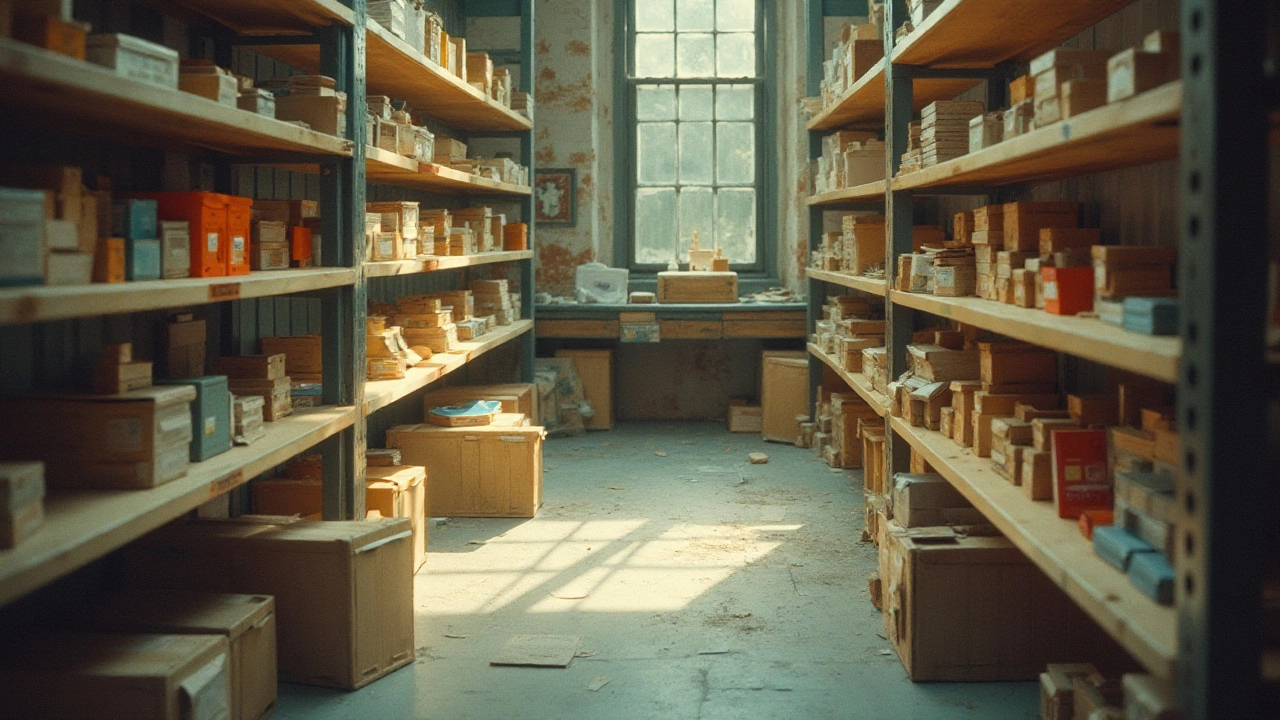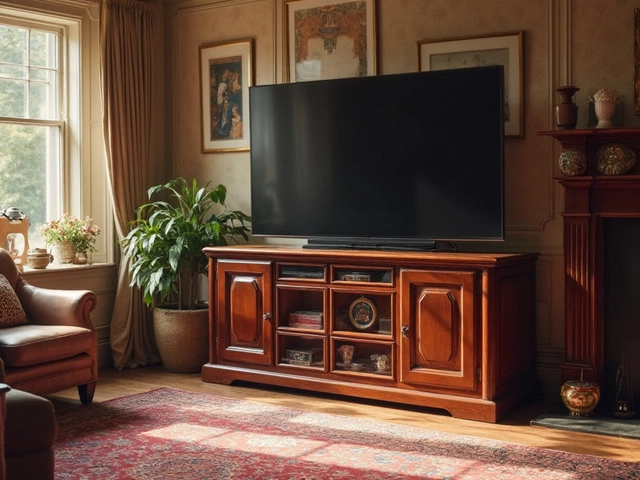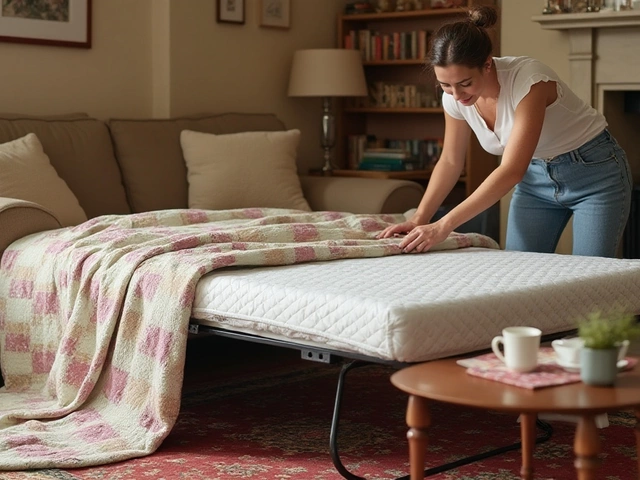Storage Units: Practical Ideas for Schools and Classrooms
When you walk into a tidy classroom, the first thing you notice is how easy it is to find a textbook, a lab kit or a set of art supplies. That smooth flow comes from good storage units – sturdy cupboards, modular lockers, rolling trolleys, and smart shelves that fit the room’s shape. In this guide we’ll show you why the right storage matters, what types work best in educational settings, and quick steps to keep everything in top condition.
Choosing the Right Storage for Different Areas
Not every room needs the same kind of storage. A primary‑school classroom may benefit from low, open cubbies where younger children can pick up books without bending. In a science lab, lockable cabinets with metal doors protect chemicals and equipment. For a teachers’ lounge, rolling storage carts keep mugs, files and stationery together while freeing up floor space. Look at the daily tasks in each area, measure the wall and floor space, then match the unit’s height and depth to the users’ reach.
Durability matters a lot. Schools see heavy use, so pick furniture with powder‑coated steel frames, thick particleboard or reinforced melamine surfaces. If the unit will hold heavy items like textbooks, check the weight rating – a good rule of mind is at least 30 kg per shelf. Rounded edges reduce bumps, and soft‑close hinges extend the life of doors.
Organising for Speed and Safety
Once you have the right pieces, organise the inside so students spend less time searching. Label each bin or shelf with clear, colour‑coded signs – bright stickers work well for younger pupils, while QR codes can link to a digital inventory for older students. Group similar items together: all art supplies in one drawer, science kits on another, and reading material on low shelves that encourage independent access.
Safety comes first. Make sure every unit is securely anchored to the wall, especially tall cabinets that could tip over. Check that locks are child‑proof where needed, but easy for teachers to open. Keep aisles clear – a cluttered hallway is a tripping hazard and can slow fire‑escape routes.
Maintaining storage units is simple if you set a routine. Wipe down surfaces weekly with a mild cleaner to stop dust buildup. Inspect hinges, handles and locks each term; replace worn parts before they break. When a shelf gets overloaded, spread the weight across multiple levels – this prevents sagging and keeps the unit stable for years.
Finally, involve students in the upkeep. A quick “tidy‑up” timer at the end of each lesson turns organisation into a habit and gives kids a sense of ownership. When they see a neat space, they’re more likely to keep it that way.
Good storage units do more than hide clutter – they create a smoother learning flow, protect valuable resources, and boost the overall look of a school. By picking sturdy, appropriately sized furniture, organising with clear labels, and keeping everything well‑maintained, you’ll set up a classroom that runs like a well‑oiled machine. Ready to upgrade your school's storage? Start with a quick audit of each room, note what’s missing, and match those gaps with the right storage solutions from Zoot Educational Furniture.





